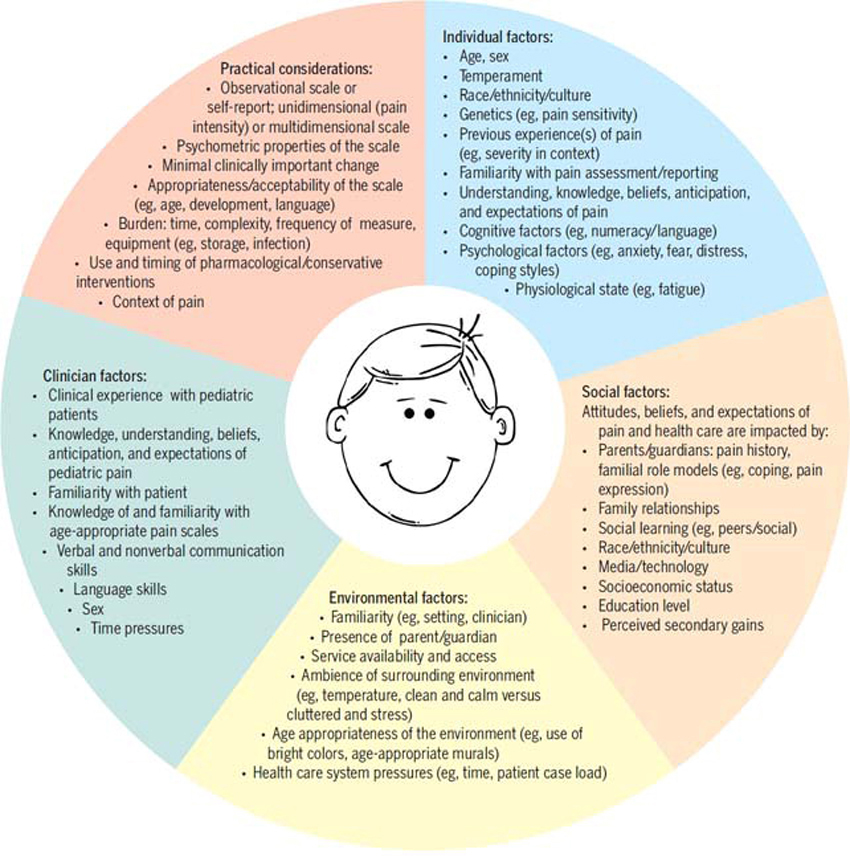Change in Young People’s Spine Pain Following Chiropractic Care at a Publicly Funded Healthcare Facility in Canada
SOURCE: Complement Ther Clin Pract. 2019 (May); 35: 301–307
Christian Manansala, DC, MSc(c), Steven Passmore, DC, PhD, Katie Pohlman, DC, PhD(c), Audrey Toth, DC, Gerald Olin, BSc, DC, CDir
Faculty of Kinesiology and Recreation Management,
University of Manitoba, Canada.
BACKGROUND: The presence of spinal pain in young people has been established as a risk factor for spinal pain later in life. Recent clinical practice guidelines recommend spinal manipulation (SM), soft tissue therapy, acupuncture, and other modalities that are common treatments provided by chiropractors, as interventions for spine pain. Less is known specifically on the response to chiropractic management in young people with spinal pain. The purpose of this manuscript was to describe the impact, through pain measures, of a pragmatic course of chiropractic management in young people’s spinal pain at a publicly funded healthcare facility for a low-income population.
METHODS: The study utilized a retrospective analysis of prospectively collected quality assurance data attained from the Mount Carmel Clinic (MCC) chiropractic program database. Formal permission to conduct the analysis of the database was acquired from the officer of records at the MCC. The University of Manitoba’s Health Research Ethics Board approved all procedures.
RESULTS: Young people (defined as 10-24 years of age) demonstrated statistically and clinically significant improvement on the numeric rating scale (NRS) in all four spinal regions following chiropractic management.
There are more articles like this @ our:
CONCLUSION: The findings of the present study provide evidence that a pragmatic course of chiropractic care, including SM, mobilization, soft tissue therapy, acupuncture, and other modalities within the chiropractic scope of practice are a viable conservative pain management treatment option for young people.
From the Full-Text Article:
Introduction
Spinal pain, including neck and back pain [1, 2], is a common health problem
occurring in all age groups. [3] Cases of chronic non-cancerous spine pain are common in
older Canadians with 60.2% reporting pain in the neck, thoracic, and lower back areas. [4] Costs associated with spine pain not only affects the health care system, but in addition, negatively impacts societal support systems. [3]
On average, patients suffering from spine pain will incur 73% higher health care costs [5] with much of this costs going towards improper management [6] such as emergency services. Neck [7] and back pain are among the most commonly encountered complaints in the emergency room, with back pain being the most common musculoskeletal complaint in emergency medicine. [8]
Recent clinical practice guidelines (CPGs) pertaining to management of patients suffering from spinal pain are encouraging non-pharmacological, non-surgical treatment options. [9–11] According to recent CPGs a trial of non-pharmacologic care should be considered as a first line treatment for those suffering from spine pain. Among the nonpharmacologic treatment suggestions is spinal manipulation (SM). [9–14] Spinal manipulation, when delivered manually, involves a high-velocity low amplitude (HVLA) thrust delivered with therapeutic intent to a targeted spinal region. It involves bringing a spinal joint to the limit of the patients’ elastic barrier and subsequently into the paraphysiologic space within the anatomical range of the joint. The goal of SM is restoration of normal range of motion and decreased pain. [15] Spinal manipulation is a cost-effective treatment option in the management of spinal pain. [16]
Recent CPGs have aimed to improve knowledge translation in the clinical setting for patients suffering with spinal pain. For young people specifically, more research is warranted to develop a CPG for spinal pain. According to the World Health Organization, young people are those from ages 10-24 years old. [17] At present, a comprehensive picture of knowledge related to the management of spinal pain in young people is difficult to portray due to the heterogeneity in which spinal pain data are collected and reported on. Heterogeneity is also found in broad prevalence ranges that include point, period, and lifetime from 1% to 89%. [18] Etiology of spinal pain in young people is also unclear with varying directions for physical, psychological, and social factor associations. [19] Most studies note an increased prevalence with females [18, 20–23], as well as increased prevalence as age increases. [18, 20, 24, 25]. Other spinal pain risk factors identified in both males and females were pubertal development and linear growth, which were found to be independent. [26] Spinal pain can limit physical activity for the aforementioned young populations, which has numerous long-term consequences; a focused effort is needed on the prevention and effective treatment strategies.
Currently, no “gold standard” exists for the treatment of spinal pain in young people. [19, 27, 28] A review on conservative interventions for low back pain in a young population only found 4 low-quality randomized clinical trials. [29] Of these, one included manual therapy, but the study may have had low statistical power having 45 participants, thus no conclusion for the intervention could be made. However, a recent high-quality randomized trial was conducted with individuals 12-18 years of age. This study found SM combined with exercise was more effective than exercise for chronic low back pain. [30] Spinal manipulation has been increasingly used for musculoskeletal pain, in spite of the lack of clear evidence that it is effective. [31, 32]
The present study utilizes prospective quality assurance data attained from a publicly funded, non-profit, community health care facility with integrated chiropractic services, including SM delivered on-site to investigate changes in spinal pain in young
people following conservative care. We hypothesize that young people’s spinal pain will improve to an extent demarcated as both clinically, and statistically significant following a conservative trial of chiropractic care involving SM.
Read the rest of this Full Text article now!






Leave A Comment